Striving for the perfect drive on the golf course is a pursuit that demands precision and technique. Yet, amid the pursuit of distance and accuracy, an infuriating and perplexing challenge arises the phenomenon of skying the driver.
This enigma, characterized by a shot that rockets skyward with disappointing brevity, leaves golfers pondering, “Why am I skying my driver?” The intricacies of this issue lie in the subtleties of swing mechanics, stance, and contact point.
Understanding the causes behind this frustrating outcome empowers golfers to address them systematically, enhancing their prowess off the tee and transforming the sky-high struggle into a thing of the past.
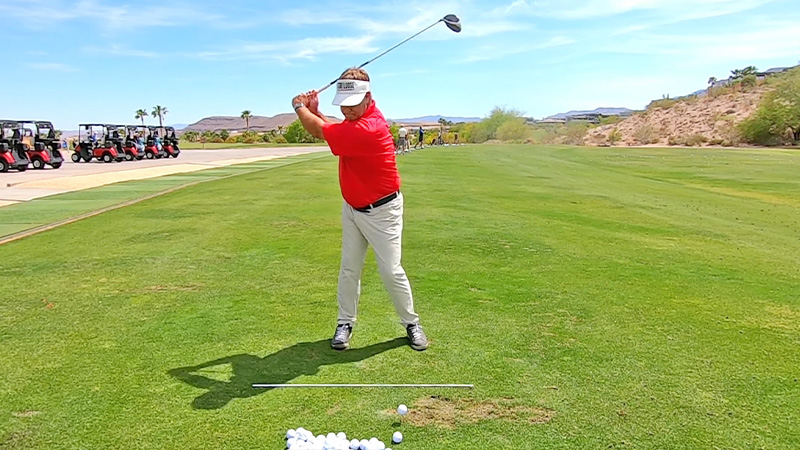
What is Skying in Golf?
“Skying” in golf refers to a mishit shot where the clubhead strikes the upper half of the ball, causing it to launch steeply into the air with minimal distance and control. This term is commonly associated with using a driver or other long clubs.
Skying occurs due to factors such as incorrect tee height, steep swing angle, early release, or poor setup. It often results in a weak, high shot that falls short of the desired target.
Correcting skying involves addressing swing mechanics, improving angle of attack, and ensuring proper contact for more effective ball striking.
Why Am I Skying My Driver? -20 Practical Reasons Explained
Discover the root causes behind skying your driver, as we delve into 20 practical reasons that lead to this frustrating issue on the golf course. Understanding these factors is key to making the necessary adjustments for a more consistent and successful drive.
Skying the driver in golf can happen due to these reasons:
1. Tee Height
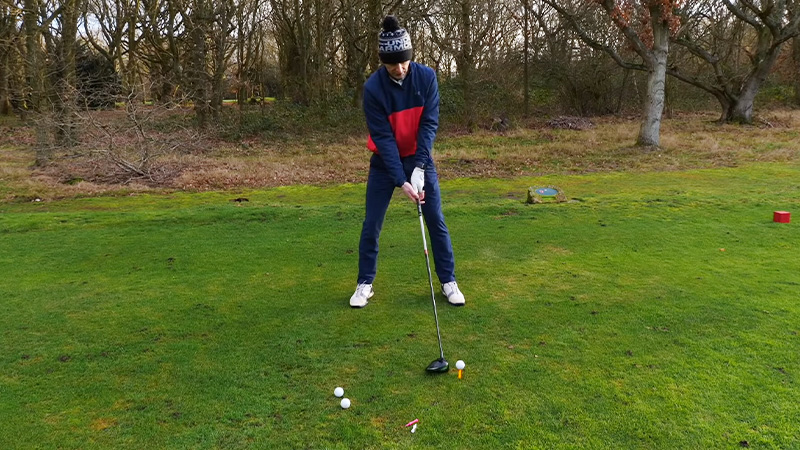
Placing the tee too high can lead to the clubhead contacting the upper part of the ball during the upswing. This can result in a shot that launches steeply into the air with a lack of distance and control.
Adjusting your tee height to find the right balance between a slight upward angle and a clean strike is essential.
2. Swing Angle
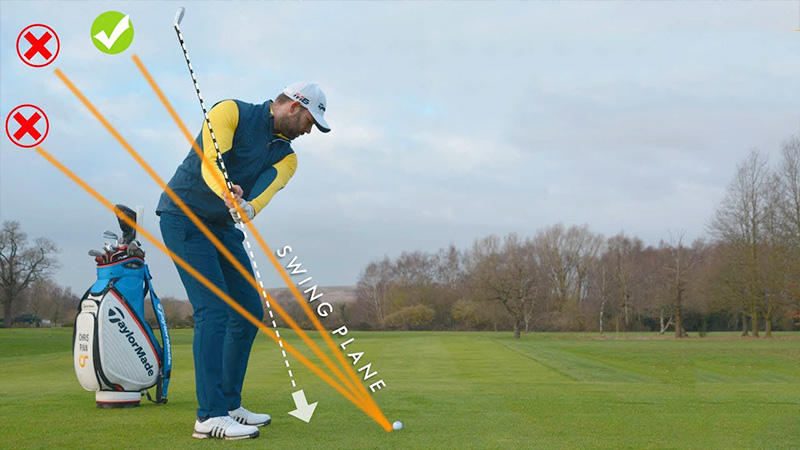
Your swing angle influences how the clubhead interacts with the ball. An excessively steep angle can cause the driver to strike the top of the ball, leading to a high, weak shot.
Working on shallowing out your swing and finding the right angle of attack can help mitigate this issue.
3. Early Release
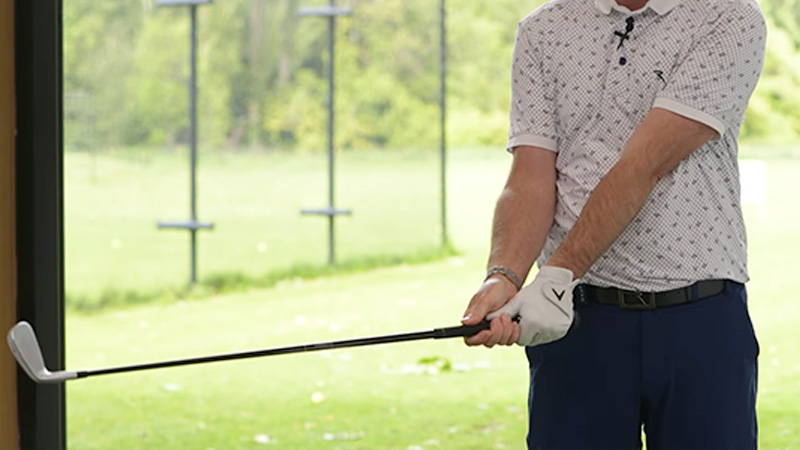
Releasing the clubhead too early in the downswing causes the club to bottom out before reaching the ball. This leads to contact above the ball’s equator, resulting in a skied shot that lacks the desired power and distance.
Focusing on maintaining your wrist cock through impact can help prevent early release.
4. Improper Setup
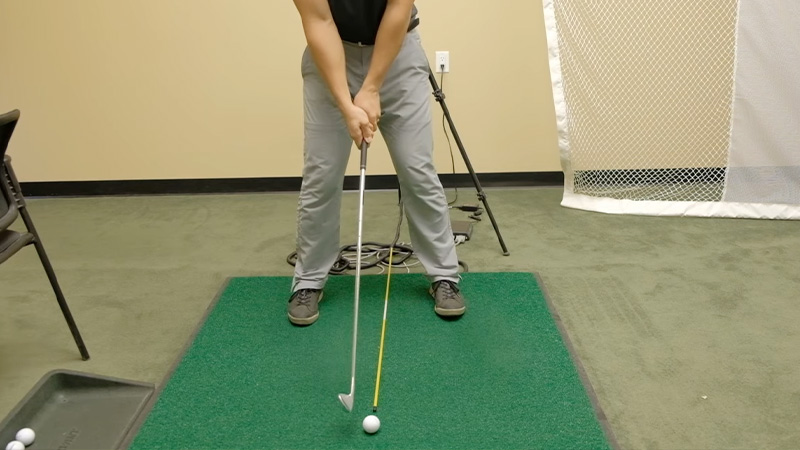
Your setup forms the foundation of your swing mechanics. Incorrect alignment, stance, or ball position can alter your angle of attack, causing the club to strike the ball on the upswing. Ensuring a proper setup that encourages a shallow angle of attack is essential to avoid sky shots.
5. Lack of Lag
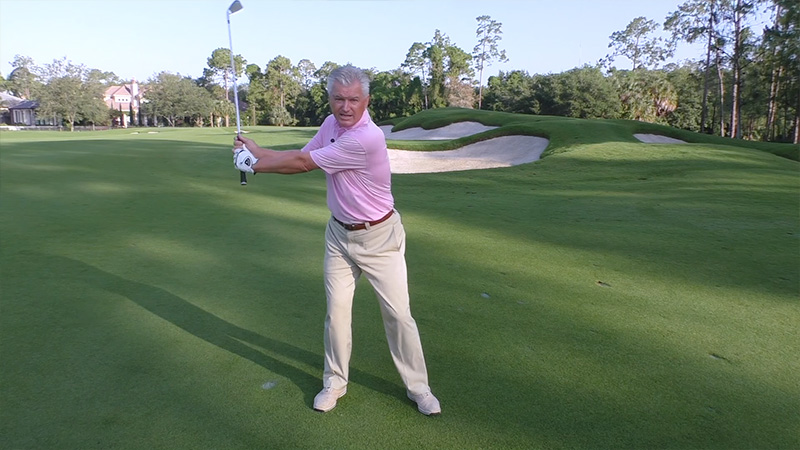
Lag, the angle between your lead arm and the club shaft in the downswing, affects the club’s path through impact.
Inadequate lag can lead to the club bottoming out too early, resulting in contact high on the ball and a sky shot. Developing a late release and maintaining lag can help mitigate this problem.
6. Over-the-top Swing
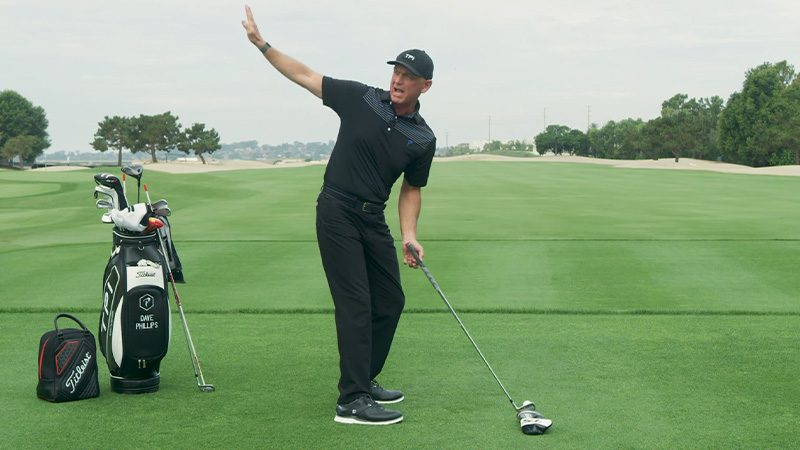
Swinging from an over-the-top path, where the club moves outside-to-inside, leads to contact on the upper half of the ball. The result is a shot that climbs into the air quickly without proper forward momentum. Addressing swing path issues through drills and swing adjustments can help eliminate skied shots.
7. Grip Pressure
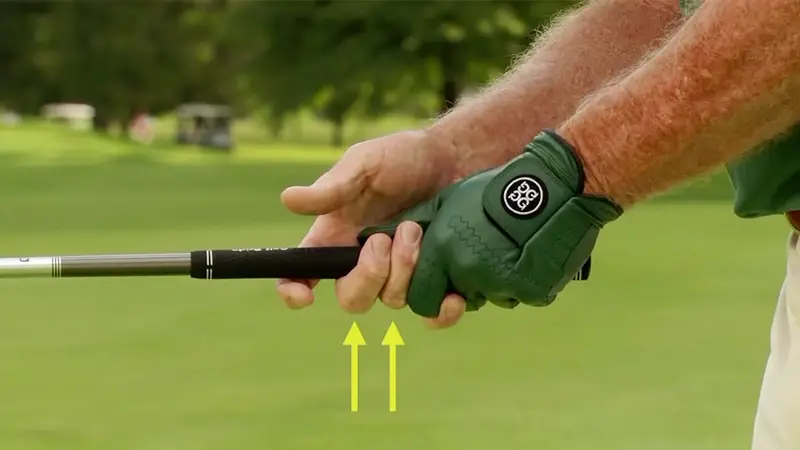
Gripping the club too tightly restricts your wrist’s ability to hinge naturally. This tension can translate into a restricted downswing, causing a compromised impact and sky shots. Learning to maintain a relaxed grip throughout the swing can contribute to better contact.
8. Inadequate Weight Shift
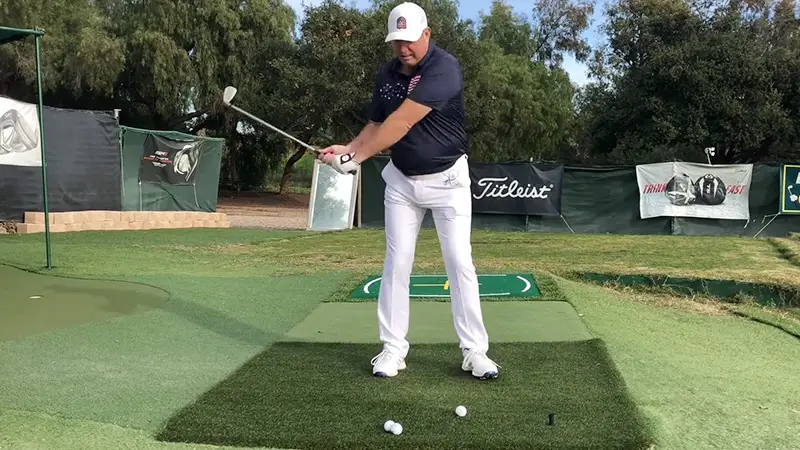
Proper weight transfer from backswing to downswing influences your angle of attack. Neglecting weight shift can lead to a topping motion, where the clubhead contacts the upper portion of the ball. Working on weight transfer and balance can help mitigate this problem.
9. Tension in Arms
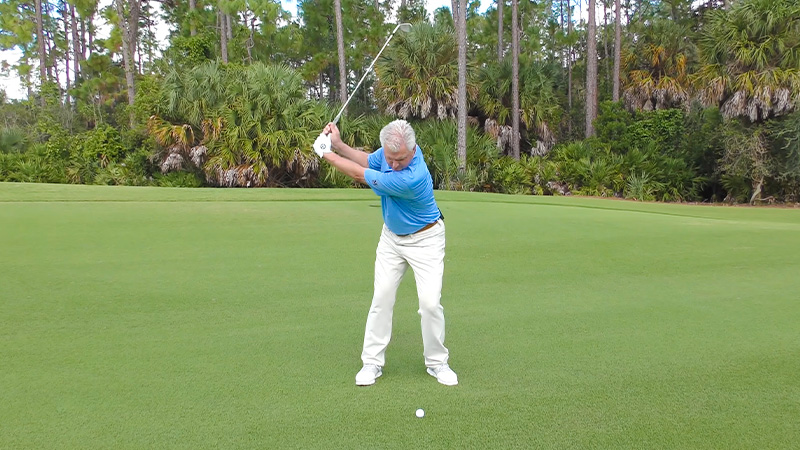
Tense arms disrupt the fluidity of your swing, particularly during the critical impact phase. Stiff arms prevent the club from descending smoothly through the ball, leading to a shot that rises steeply. Focus on maintaining a relaxed yet controlled arm motion through impact.
10. Lack of Follow-Through
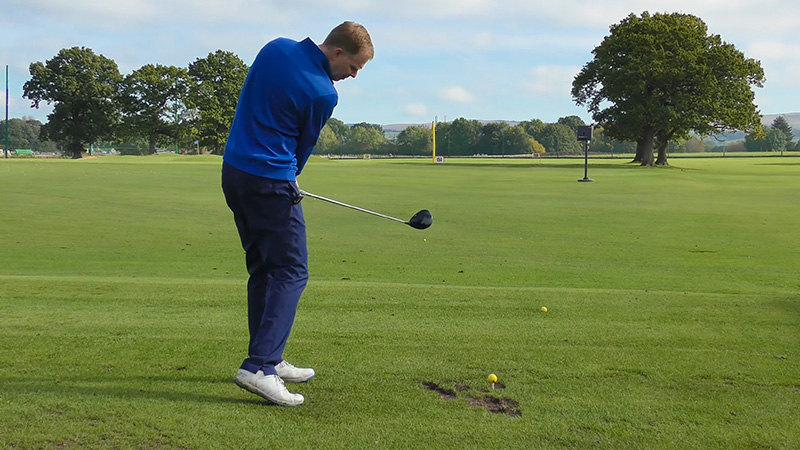
A complete follow-through is essential for maintaining a consistent swing plane and angle of attack.
Cutting off your follow-through prematurely can alter the club’s path, causing it to ascend into the ball. Practicing a full and balanced follow-through can improve your ball-striking consistency.
11. Rushing the Swing
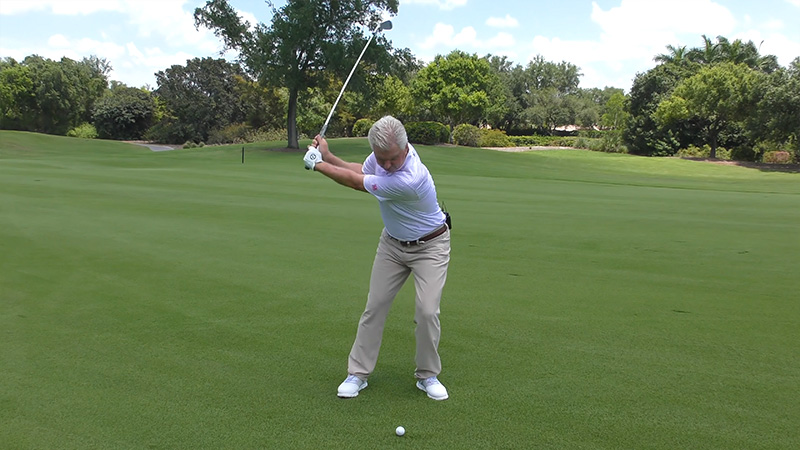
A hurried swing without proper sequence and timing can lead to mistimed impact. The club may catch the ball on the upswing, producing a shot that rises quickly into the air. Developing a smooth and controlled tempo can help prevent rushed swings.
12. Nervousness or Tension
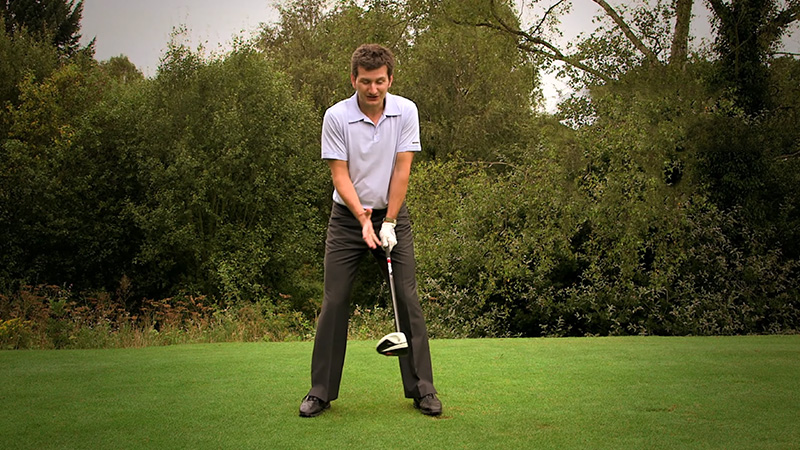
Nervousness and tension in your muscles disrupt the fluidity of your swing. This tension can lead to mistimed impacts and, consequently, sky shots. Techniques such as deep breathing and visualization can help reduce pre-shot nervousness.
13. Lack of Practice
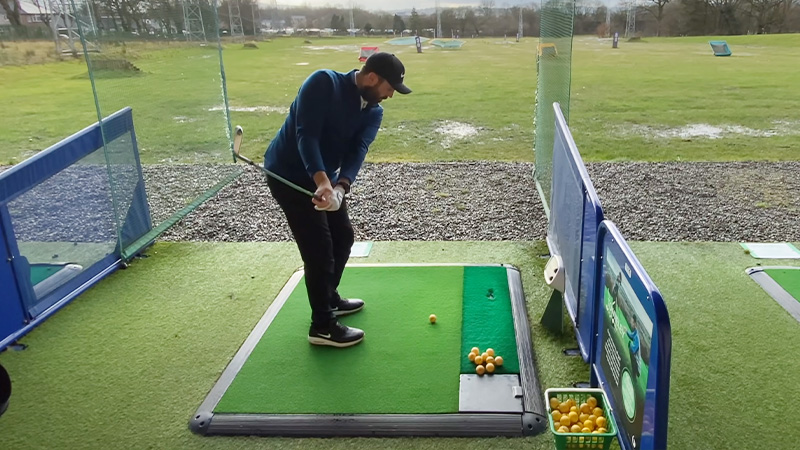
Inconsistent practice can lead to rusty mechanics, resulting in shots that lack the desired trajectory and distance. Regular practice sessions focused on refining your swing fundamentals, can help minimize skied shots.
14. Inadequate Hip Rotation
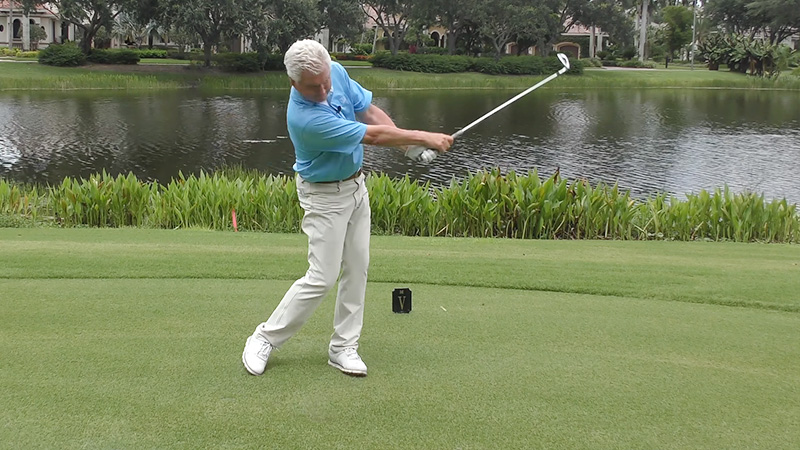
Hip rotation contributes to maintaining a proper swing plane. Limited hip rotation can disrupt the intended angle of attack, causing shots to pop up into the air. Engaging your hips in the swing and maintaining proper sequencing can mitigate this issue.
15. Poor Timing
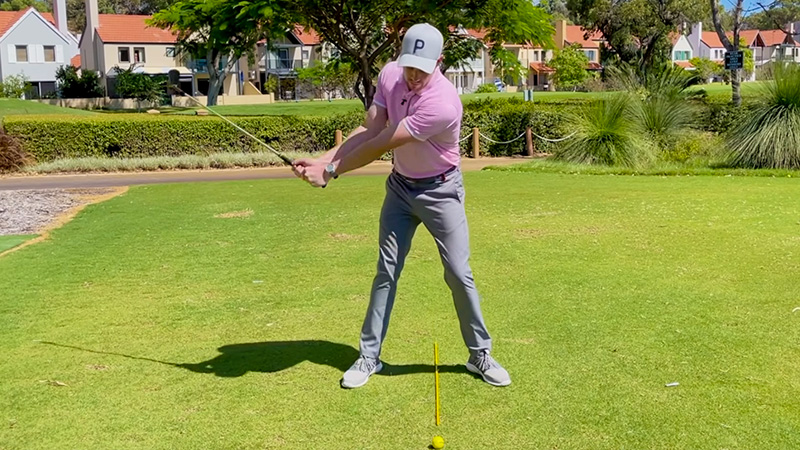
Timing is crucial for a well-executed golf swing. Mistimed downswing movements can lead to an upward strike on the ball, causing it to climb steeply into the air. Practicing rhythm and tempo can improve your timing and consistency.
16. Club Selection
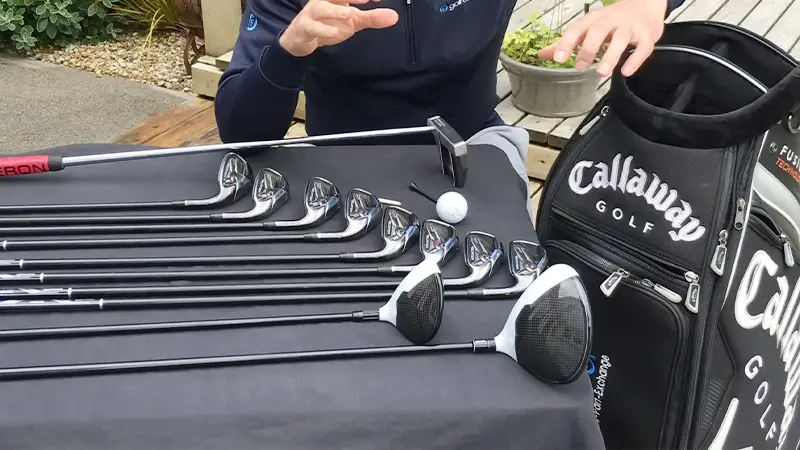
Using the wrong club for a specific distance can lead to awkward swings that result in skied shots. Selecting the appropriate club based on your distance to the target and personal abilities is essential for consistent ball striking.
17. Swinging Too Hard
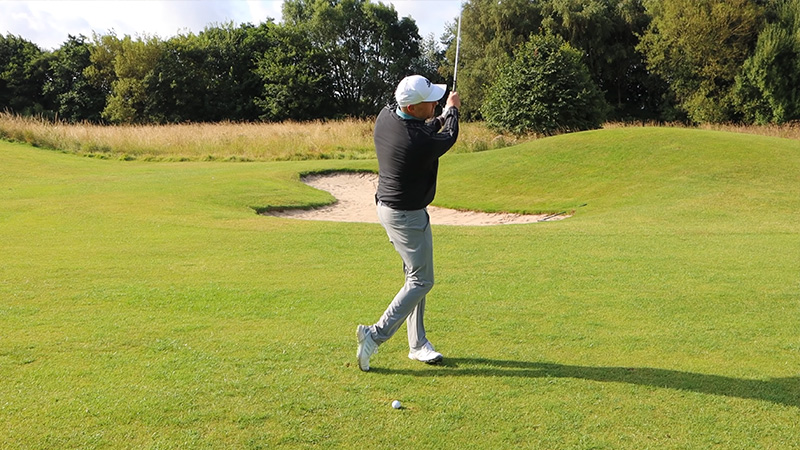
An overly aggressive swing can lead to a loss of control over the club’s path. This lack of control can affect the angle of attack, resulting in shots that climb quickly into the air. Finding a balance between power and control is essential.
18. Poor Equipment Fit
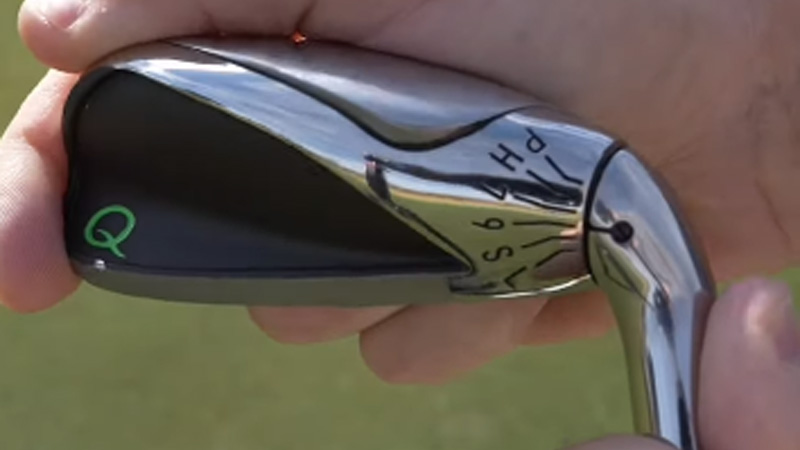
Clubs that are not properly fitted to your body type and swing characteristics can contribute to a range of swing issues, including skying the driver. Consult with a professional club fitter to ensure your equipment matches your game.
19. Physical Limitations
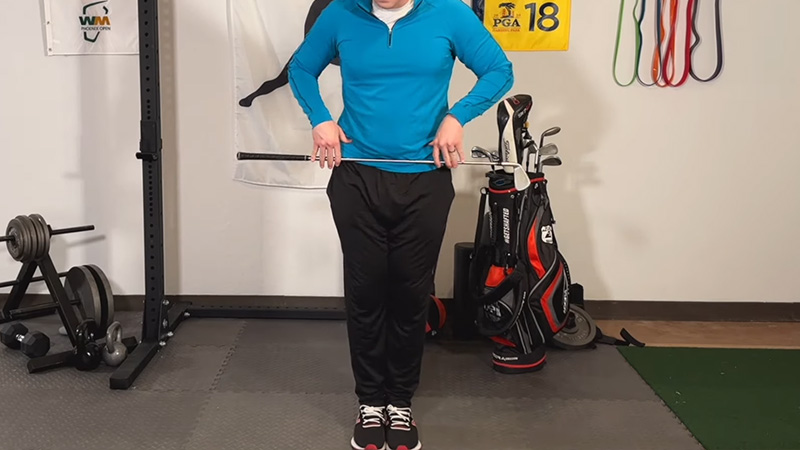
Physical limitations, such as limited flexibility or mobility, can hinder your ability to execute a full and proper golf swing. Engaging in flexibility and strength training exercises targeted at golf-specific movements can help address these limitations.
20. Mental Focus
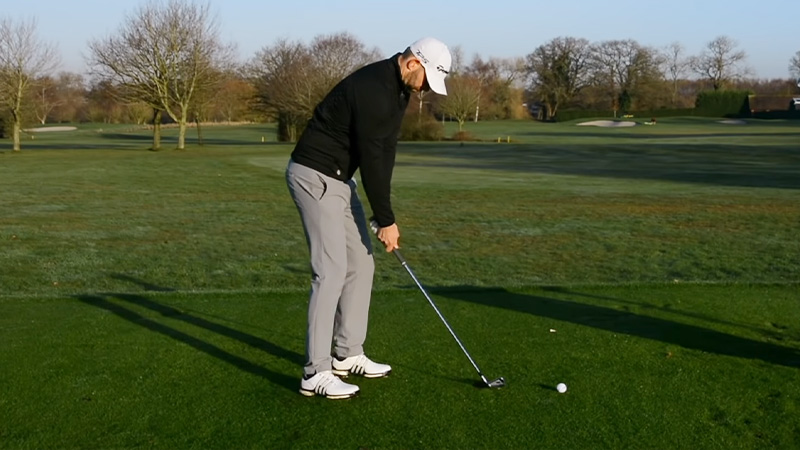
A lack of concentration during your swing can lead to breakdowns in mechanics. Mental distractions can cause mistimed impacts, resulting in shots that rise sharply. Developing a pre-shot routine and focusing on the process rather than the outcome can improve mental focus.
How to Stop Skying the Driver
Skying the driver can be frustrating and detrimental to your golf game. It often results in high, weak shots that lack distance and control. However, with proper adjustments to your setup and swing technique, you can effectively eliminate this issue from your game.
Check Your Tee Height
Experiment with different tee heights during practice sessions. Aim for a tee height where the ball is positioned slightly above the crown of the driver at the address. This encourages a slightly upward angle of attack without causing you to strike the ball on the upswing.
Practice Proper Setup
Start with a square stance and the ball positioned off your front heel. Align your feet, hips, and shoulders parallel to the target line. This setup promotes a more level and solid approach to the ball.
Maintain Lag
Focus on preserving the wrist hinge (lag) in your downswing. This allows the clubhead to reach its lowest point after the ball, ensuring a clean impact. Practice half swings and gradually build up to full swings while maintaining lag.
Focus on Hip Rotation
Work on proper hip rotation during your backswing and downswing. Engaging your hips helps you approach the ball from a shallower angle, reducing the likelihood of skying the driver.
Fix Swing Path
If you tend to swing over the top, practice drills that promote an inside-to-out swing path. Swing thoughtfully along an imaginary path that’s slightly from the inside, promoting a more solid ball-striking angle.
Relax Your Grip
Maintain a light grip pressure on the club. Gripping too tightly restricts wrist mobility and natural club release, often leading to sky shots. Focus on a firm but relaxed hold.
Improve Weight Transfer
Practice weight transfer drills to ensure you’re shifting your weight from backswing to downswing. Proper weight transfer helps control the angle of attack and ensures that the club contacts the ball at the optimal point.
Practice Follow-Through
Concentrate on completing your follow-through after impact. A full, balanced finish encourages the proper swing plane and prevents the club from ascending into the ball.
Stay Relaxed
Be aware of tension in your arms and body throughout the swing. Relax your muscles and maintain a smooth tempo to avoid any jerky or abrupt movements that could lead to skying the driver.
Develop a Pre-Shot Routine
Create a consistent pre-shot routine that incorporates visualization and mental focus. This routine helps calm nerves and sets the stage for a smooth, controlled swing.
Practice Tempo and Timing
Work on a deliberate and controlled tempo in your swing. Spend time on the range focusing on the rhythm between your backswing and downswing. This consistency improves timing and ball striking.
Incorporate Flexibility Exercises
Regularly engage in flexibility exercises to improve your body’s range of motion. Improved flexibility helps prevent any restricted movements that might lead to a sky shot.
Seek Professional Guidance
Consider scheduling lessons with a golf instructor. Their expertise can identify specific swing flaws causing skied shots and provide personalized drills and techniques to address them.
Use Proper Equipment
Make sure your driver is properly fitted to your height, stance, swing speed, and skill level. A well-fitted driver can significantly enhance your ability to make consistent contact.
Practice Regularly
Consistent practice is key to ingraining proper swing mechanics. Devote time to the driving range, focusing on the specific elements that contribute to skied shots, such as angle of attack and follow-through.
Stay Patient
Understand that improving your swing mechanics takes time. Be patient with yourself as you work through adjustments. Stay committed to practicing and refining your technique.
FAQS
Can grip changes help reduce skying the driver?
Adjusting your grip pressure and wrist positioning can indeed impact your club’s angle at impact. Experiment with grip adjustments to promote a better release through the ball.
Could balance issues contribute to skying the driver?
Yes, improper weight distribution during the swing can affect your angle of attack.
Is equipment loft a factor in skying the driver?
Yes, driver loft can influence the launch angle of the ball.
Does body rotation play a role in skied shots?
Absolutely. Inadequate hip and shoulder rotation can result in a faulty swing plane, leading to sky shots.
Could timing issues contribute to skying the driver?
Yes, mistimed downswing movements can cause the club to contact the ball on an upward path.
To Recap
In golf, every swing holds the potential for growth and mastery. The puzzle of skying the driver, while exasperating, is a puzzle ripe for solving. Armed with a deeper comprehension of the intricacies behind this phenomenon, golfers can transform their frustration into motivation.
By embracing proper tee heights, swing paths, weight shifts, and follow-throughs, the skies need not be the limit. As one navigates the realm of swing mechanics and self-discovery, the journey toward overcoming skied shots becomes a testament to the sport’s endless pursuit of excellence.
Through dedication, practice, and the wisdom gained from unraveling the skying enigma, the fairways open up to new heights of success.

Leave a Reply